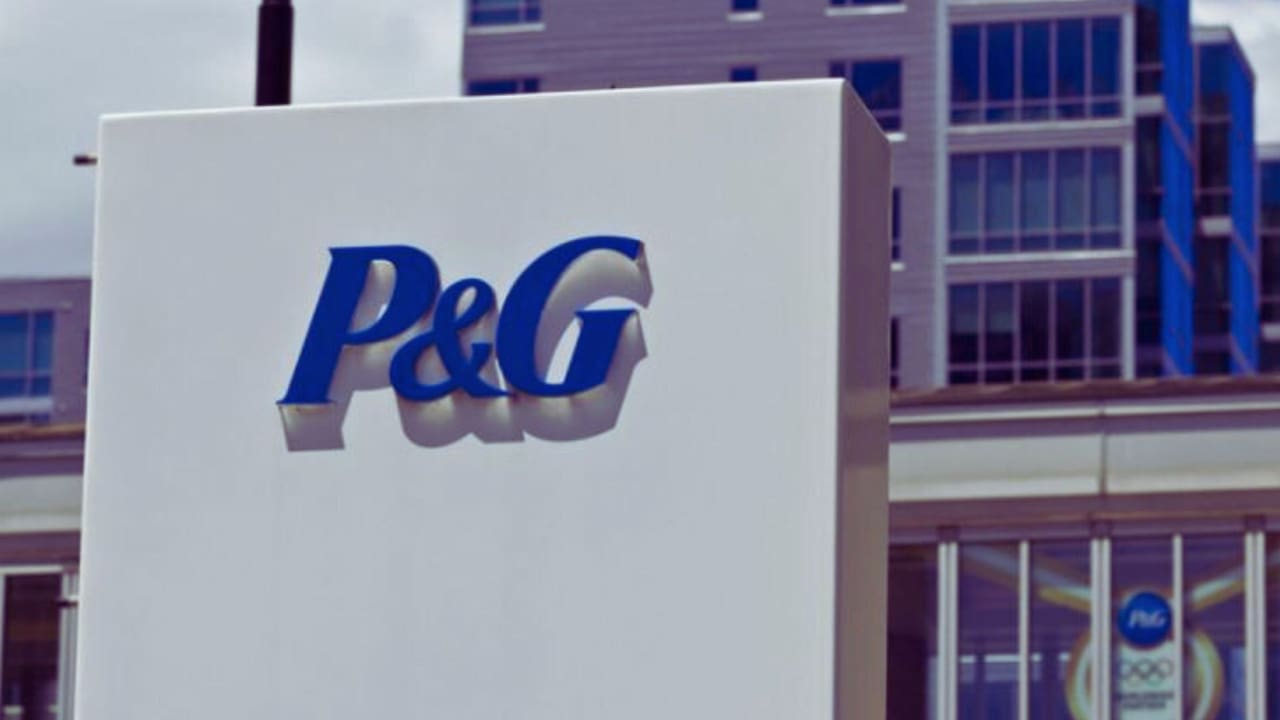P&G’s Q1 Earnings: Mixed Results Amid Economic Headwinds
As a news reporter, I’m here to break down Procter & Gamble’s latest earnings report. The consumer goods giant just released its first-quarter results for fiscal year 2025, and there’s a lot to unpack.
P&G posted mixed results this quarter. Net sales dipped 1% to $21.7 billion, falling short of Wall Street’s expectations. However, organic sales, which exclude the impact of foreign exchange and acquisitions, grew by 2%. A 1% increase in pricing and a 1% increase in organic volume drove this growth.
The company’s earnings took a hit, with diluted earnings per share (EPS) dropping 12% to $1.61. But don’t panic just yet—this decline was largely due to higher restructuring charges. When we look at core EPS, which excludes these one-time costs, we see a 5% increase to $1.93.
P&G faced some tough challenges this quarter. Foreign exchange headwinds and the liquidation of operations in Argentina put pressure on the bottom line. Despite these obstacles, the company managed to boost its gross margin by 10 basis points.
Let’s break down the performance by segment:
- Beauty: Organic sales fell 2%, with hair care seeing slight growth but skin care taking a big hit.
- Grooming: This segment showed some spark, with organic sales up 3%.
- Health Care: A solid performer, with 4% organic sales growth.
- Fabric & Home Care also performed well, reporting a 3% increase in organic sales.
- Baby, Feminine & Family Care: Organic sales remain flat, with gains in certain areas offsetting losses in others.
Jon Moeller, P&G’s top boss, seemed upbeat despite the mixed results. He said, “Our organic sales growth, earnings, and cash results in the first quarter keep us on track to deliver within our guidance ranges on all key financial metrics for the fiscal year.”
P&G remains steadfast in its outlook. The company reaffirmed its full-year guidance, expecting organic sales growth of 3-5% and core EPS growth of 5-7%.
P&G is doubling down on its strategy of focusing on daily-use products where performance drives brand choice. They are placing significant bets on product superiority, productivity, and what they refer to as “constructive disruption.”
For investors, there’s positive news on the cash front. P&G generated $4.3 billion in operating cash flow this quarter. The company plans to return about $10 billion to shareholders through dividends and buy back $6–7 billion in shares this fiscal year.
But it’s not all smooth sailing. P&G expects a $200 million headwind from commodity costs this year. They are also coping with the aftermath of brand divestitures and some favorable tax impacts that may not be repeated.
In the grand scheme of things, P&G’s results show a company navigating a tricky economic landscape. They’re holding steady in core markets while facing challenges in others. The focus on innovation and brand strength seems to be paying off, but economic pressures are real.
As we look to the rest of fiscal 2025, all eyes will be on how P&G manages these headwinds. Can they keep pushing through price increases? Will volume growth pick up? These are the questions that will shape the company’s performance in the coming quarters.
For now, P&G remains a steady ship in choppy waters. Its diverse portfolio and focus on everyday essentials provide some insulation from economic turbulence. However, as any experienced sailor understands, it’s crucial to constantly monitor the future.
